The Everyday is Everything
People often consider the ‘everyday’ as the mundane aspects of life; the repetition of tasks, the small jobs, the insignificant events. However these ideas are presented through social praxis and sociological conditions that have been created to suggest that these categories are less significant than others. The reality is that all activities, considered big or small all make up the ‘everyday’ and that every act is actually connected and influential to another. They make up the social conventions that we live in and determine how history is made. As Carter Ratliff references Diane Arbus in Cruel and Tender, an argument is created to challenge this, as social conventions can often distract from alternative ways of thinking:
“Arbus formulated a brief against the very nature of society. The roles it permits us, like the categories that it assigns us, are supposed to integrate us into a communal unity”
https://www.tate.org.uk/art/art-terms/p/photography/cruel-and-tender
Sarah Pannell is an Australian photographer that focuses on travel and documentary photography, demonstrating the importance of different cultural conventions in her work. She captures a variety of destinations, events and cultures, portraying them in a considered manner that is true to the content, while exploring contrast and colour. She explores the relationship between people and places and how social conventions change over time.





Home
I think that it is important for artists and image makers to acknowledge the importance of the ‘everyday’, as there is a responsibility to document history and convey perceptions of ‘real’ life to future generations. By allowing future viewers to critique history, history can be referenced and ideas can be shared. Henri Lefebvre summarises this nicely in his essay Clearing the Ground in 1961.
“There can be no history without a critique of history itself”.
Picture That
There is often a blurred line between what is considered as purely informative photography and photographic art. Both are inter-twined and with the advancement in technology and the changes in the ways that photography is accessed, the two often work together to create a narrative with documentary photography. As Carter Ratcliff suggests:
“An artist’s image puts everything in doubt”
The same can be said about imagery that intends to reflect ‘reality’, as often the viewer is left questioning the purpose and content of an image if it is presented in an artistic context. I think that it is important for viewers to come up with their own conclusions and responses to art, as it allows new ideas to develop. It also allows people to gain a better understanding of the world around them, teaching the importance of empathy, friendship and community. Photographers such as Wolfgang Tillmans, and Andreas Gursky explore these themes within their own work and do so in a captivating artistic manner that redefines the way that imagery is categorised.
https://tillmans.co.uk/component/jcgtillmans/aa


https://www.tate.org.uk/art/artists/andreas-gursky-2349
Street Life
The idea of capturing ‘everyday’ moments in different locations is important within my own work, as I feel that it is important to create a historic record of place that is evidently true to the subject matter, but also artistic and captivating by nature. By capturing interactions within street environments, I aim to intrigue the observer, revealing subject matter that might otherwise go unnoticed, while also celebrating the diversity of urban populations.
Diversity is not always represented in a positive manner, and in response, my work aims to establish personal connections between the subject matter and audience, so that both can better understand and appreciate each other. By doing this, I will be enabling the power that photography has to engage positively on a social level with various demographics. Whether demographics include those who are interested in travel photography, landscapes, people, history or culture, my work is designed to have a wide reach that is relatable and empathetic.
The notion of revealing connections between different groups of people and places provides a solid departure point to demonstrate how cultures intertwine and how they can be commended through documentary photography and image making. I aim to achieve this by making visual comparisons between places that I visit to demonstrate the importance of observing people, places and cultures. In turn, I hope that as my work develops, viewers will gain a positive insight that promotes social change and freedom.






Watch that Waistline
Diversity can be seen across London in various areas that reflect different cultural influences. The most accessible (and often overlooked) way that people quite literally digest these, is by visiting restaurants and eateries that provide cuisine from around the world. Using psycho-geography as a method to identify such locations, I discovered Fatboy’s Diner in Canning Town (East London), which is one of the few places that visually conveys vintage Americana in an authentic and unique manner. The signage reflects a nostalgic era through the use of colour, illustration and typography that at full size is impressive, making a bold statement amongst its surroundings. As photographers such as William Eggleston have captured locations at various points in time, my imagery aims to capture the ordinary event of visiting such a restaurant in a manner that explores the sublime aesthetic and scale of the location. By doing this, audiences are invited to the destination and exposed to the cultural references that it presents in a positive and engaging manner.


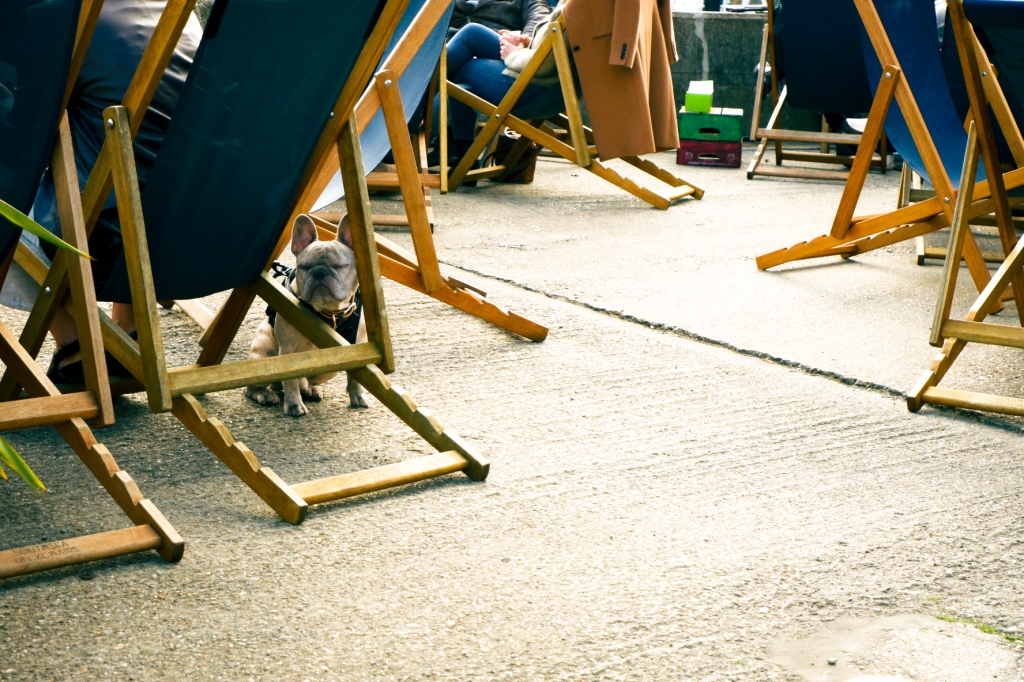

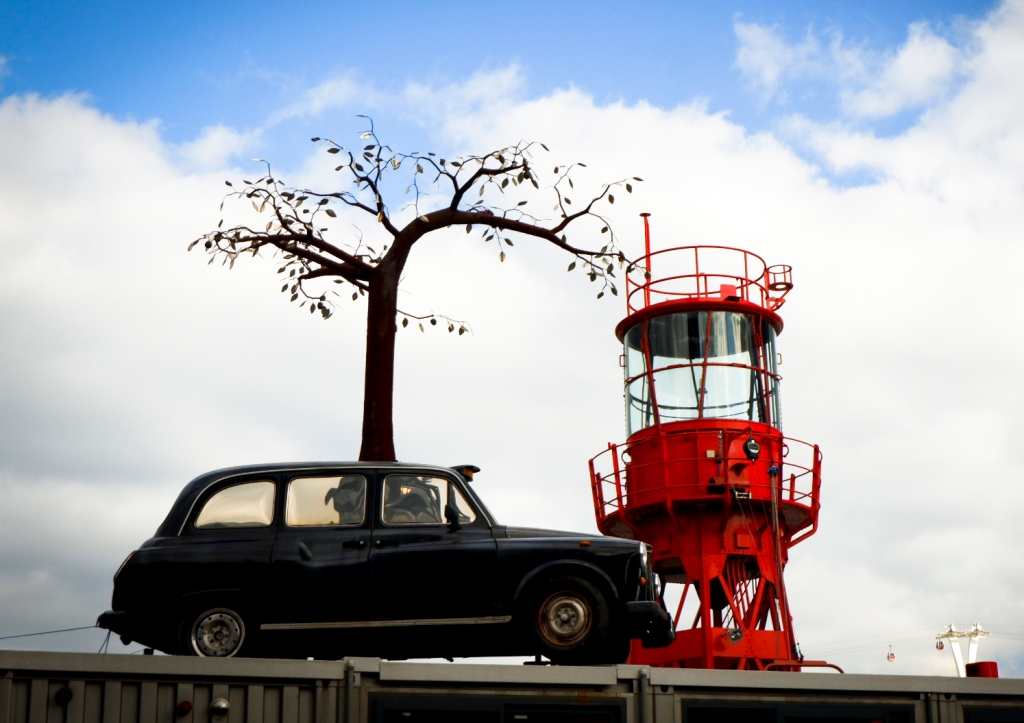
Vincent Kaufmann (2001), quotes Chtcheglov’s ‘Formulary for a New Urbanism’ in The Poetics of the Derive, summarising the part that psycho-geography plays within artistic processes:
“We evolve in a closed landscape whose landmarks draw us to the past. Shifting angles and receding perspectives enable us to perceive original conceptions of space, but this vision remains fragmentary.”
A Life Behind Bars
As life after the second wave of the Covid 19 pandemic begins to resume, there is an opportunity to document social spaces across urban environments. As people begin to emerge and socialise in the city of London, a new found freedom is notable, despite the fact that society is not entirely free to revisit past-time activities. The moments that I have captured, document the initial stages of people emerging from personal isolation to participate in activities that would have once been taken for granted. The aim is to create a sense of visual ambience that positively captures a period of time unique to current members of society.
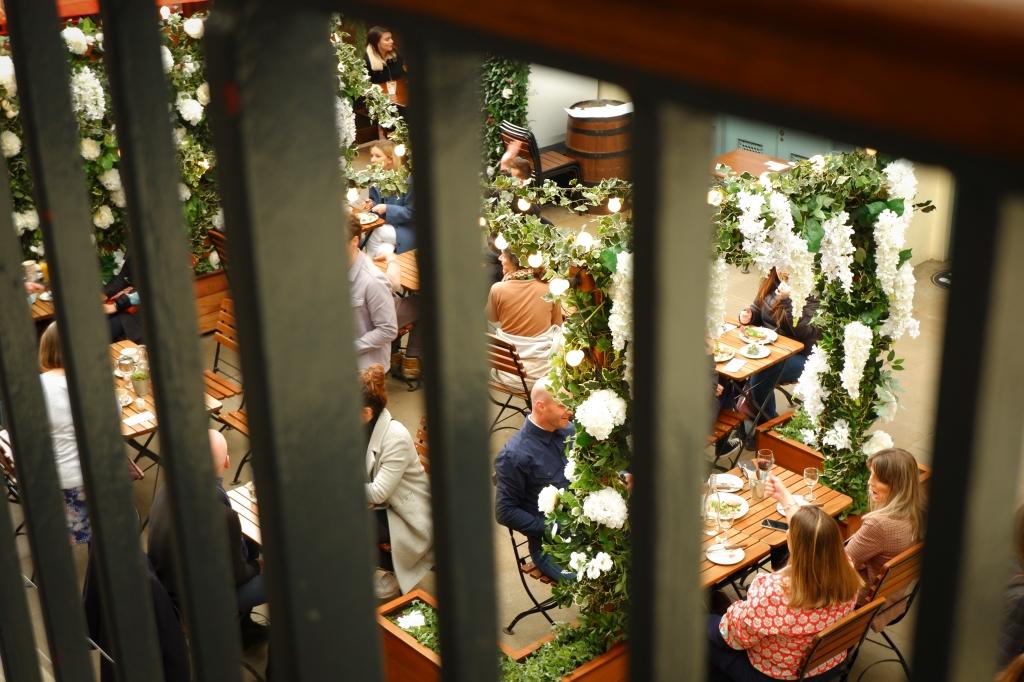




Away From Home
During restricted times, it is commonplace for people to want to explore scenes that differ to what they experience on a daily basis. The juxtaposition of noise and quiet, organic and urban and other contrasting notions will appeal to the opposite of what one is experiencing the most. In response to scenes captured within urban environments, I’ve taken some time to explore landscapes that feel a world away from the city.


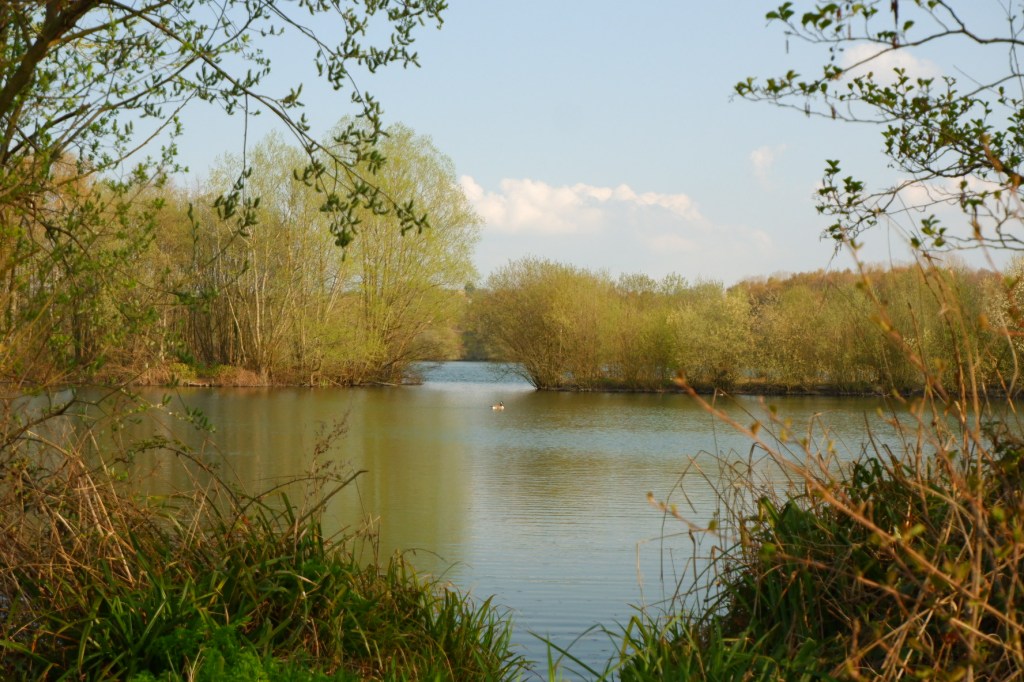
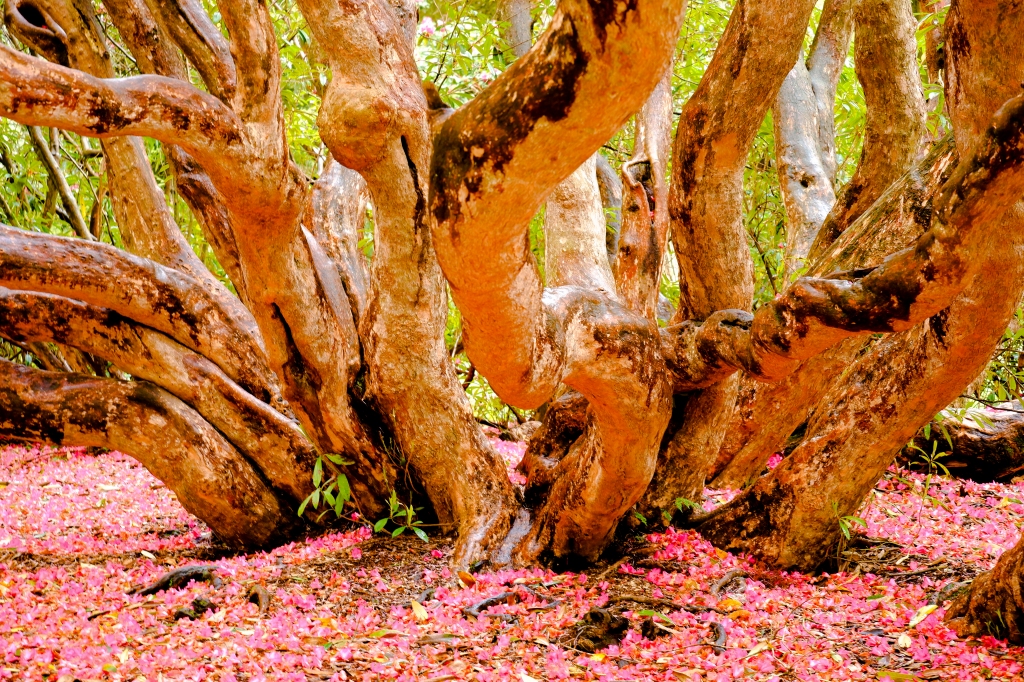


The World is Shrinking
As local restrictions disrupt travel and the ability to explore foreign lands, there is the opportunity to explore places closer to home. Using psycho-geography as a method to explore London and places that bring people together, the short video below documents my process and initial findings.
https://vimeo.com/manage/videos/560560082/0c588813f6
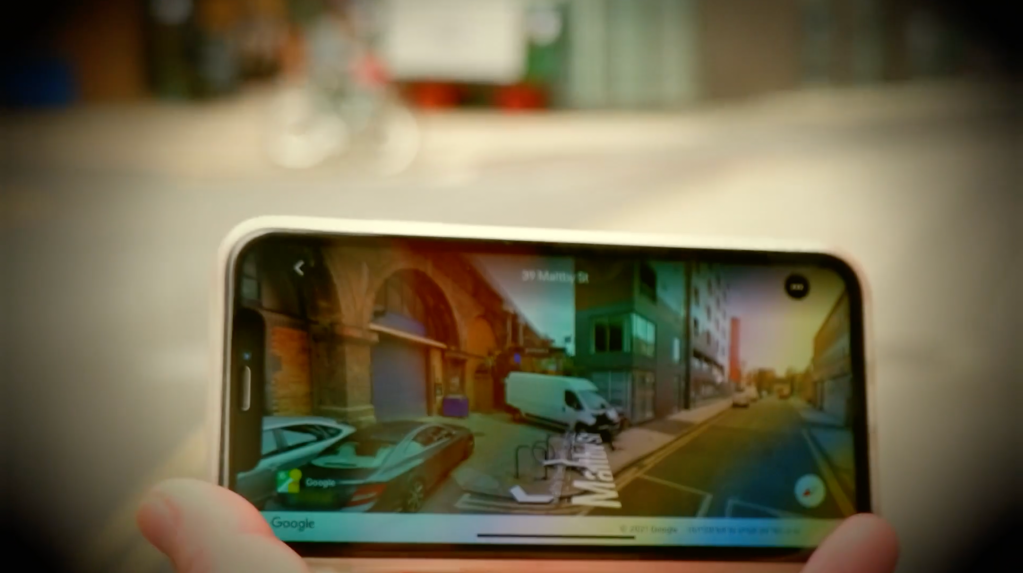
Taking inspiration from Hans-Peter Feldmann (in conversation with Helena Tatay, 2002):
“Only 5 minutes of the day are interesting. I want to show the rest.”
Right Here. Right Now.
By adopting strategies that document social environments, such as re-photography, the process not only allows me to digitally re-visit places of interest, but also allows me to capture particular moments of time that become visual sources to compare in the future. Using Google Earth as a platform to compare my own recent imagery with the content displayed, it is possible to address the passing of time and the notion that accessible online content does not necessarily depict the present as it truly exists. Reality is in fact ever changing and continues to move forward in time after a moment is captured.
The featured images portray the locations as viewed by satellite, followed by paired imagery that features the Google street grab on the left, next to my own photography on the right.






Three Markets
Markets have existed around the world for centuries. They are meeting points, places of exchange, attracting diverse visitors from all over the Globe. They independently present a variety of goods and do not heavily rely on consumer branding to achieve notice. They feature the everyday staples needed to live, such as clothing, drink and food; bringing together customers that shop with a focused purpose. Markets contribute to a social scene that includes both newcomers and regulars alike, presenting an opportunity for those to interact and make an exchange. Social interaction promotes social, mental and physical wellbeing and market places present an opportunity to advocate this. The stall owners run their businesses with pride and customers benefit from their skills, knowledge and goods.
Three Markets is a personal project that begins by exploring three markets in West (Portobello Road), Central (Leather Lane) and East London (Petticoat Lane), to begin to establish a visual language that is unique to the street markets in the city. Using my own point of view and the perspective of others, my photographic work aims to document the findings to portray a visual landscape that educates viewers, while contributing to posterity.



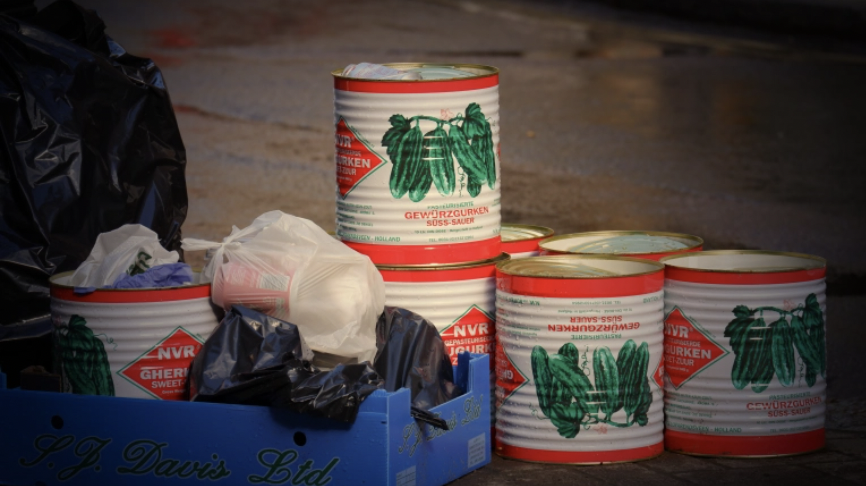

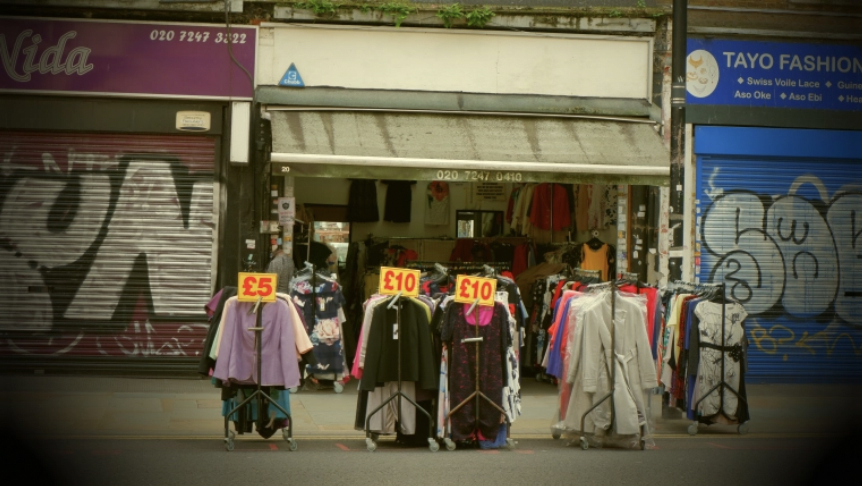
As Henri Lefebvre expresses in his critical writing, Clearing the Ground, 1961:
“There can be no history without a critique of history itself.”
